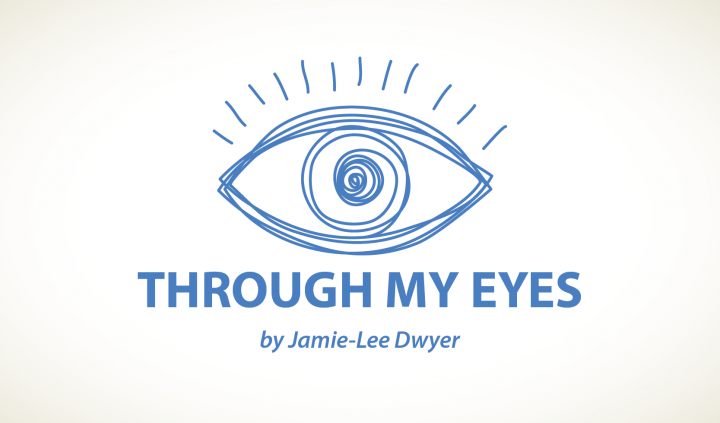Disability Throughout History

Throughout history, fear of the abnormal has been deeply ingrained in the human psyche.
Disability as a supernatural punishment
In ancient times, impairment was believed to be the result of divine intervention. Seen as punishment for angering the gods, the only solution was exorcism or banishment. Alternatively, it was believed to be caused by demonic possession. By the late centuries B.C., attitudes hadn’t changed much. The ancient Greek philosopher Plato even wrote: “Mentally and physically ill persons should be left to death; they do not have the right to live.” Plato’s statement is indicative of a lack of knowledge and understanding where disability is concerned. It is a reflection of how society felt about these people during this time.
Throughout the Middle Ages, biblical beliefs dictated the understanding of bodily differences: Disabled states were seen as the result of evil spirits, the devil, witchcraft, or as a sign of God’s displeasure. Disability was believed to be divine punishment forced on children due to their parents’ involvement with the black arts or sorcery.
The “Malleus Maleficarum” of 1487 declared that children with a disability were the product of mothers’ intercourse with Satan, worth of death upon birth. The limited knowledge of birth defects was explained away using the only means people knew at the time — by using faith as rule and answer.
Disability as a social construct
Not all disabilities were seen as a mark of divine intervention. When we look at other cultures where a certain kind of disability was viewed as normal, it’s clear that disabilities are a social construct.
Take, for example, the town of Chilmark on Martha’s Vineyard, an island in Massachusetts. In the mid-19th century, one in every 25 people in the town was deaf. A man named Jonathan Lambert immigrated there from Kent, England, in the late 1600s, bringing along two deaf children. Lambert carried what we would now call a genetic anomaly for deafness. Due to years of interbreeding, the deafness gene was passed down through generations. It got to the point that one in 25 residents there were deaf in the mid-19th century, and the entire community had learned to use sign language.
By the 20th century, the genetic anomaly that created the deaf community disappeared, and this necessary acceptance of disability was forgotten. This example of a deaf community shows that the social constraints of disabled citizens rely more on acceptance rather than accessibility. Acceptance lends itself to societal amendments that are more inclusive.
Positions of power among intolerance
The late 19th to early 20th centuries ushered in important changes influenced by the earlier period of Enlightenment and by industrialization. Disabilities studies professor Colin Barnes wrote in his 1991 book, “Disabled People in Britain and Discrimination: A case for anti-discrimination legislation“:
“Cultural intolerance of people with a disability can be explained by reference to the economy. Our ancestors lived in such harsh environments with little opportunity to support individuals with impairments who could not take care of themselves, but with the advent of relatively stable communities and a boost in our economic surplus through the development of agriculture, such an analysis became difficult to sustain.”
The period from 1933-1945 saw United States citizens rather unknowingly electing their first disabled president, Franklin D. Roosevelt — who was elected four times. As the 32nd U.S. president, Roosevelt suffered from polio. He could walk only a few feet at a time, and only if supported.
He often arrived early to meetings to avoid being seen walking, and shuffled his way to the podium while supported by his sons in public situations. He normally only used a wheelchair in the privacy of his home, and avoided being seen using one in public. The Secret Service banned any media who attempted to take photos of him in the wheelchair.
New age, new possibilities
It wasn’t until the late 20th to early 21st centuries that an increased knowledge of disability led to a widespread understanding of causes, with some treatments and aids being developed. Increased awareness from medical practitioners and citizens meant those who are disabled are not necessarily confined to lonesome, joyless existences.
Today, the current stigmas associated with disability have not quite disappeared to the point in which people with disability are not defined by their mental or physical limitations. But one day soon, they will, hopefully.
***
Friedreich’s Ataxia News is strictly a news and information website about the disease. It does not provide medical advice, diagnosis or treatment. This content is not intended to be a substitute for professional medical advice, diagnosis, or treatment. Always seek the advice of your physician or another qualified health provider with any questions you may have regarding a medical condition. Never disregard professional medical advice or delay in seeking it because of something you have read on this website.








Leave a comment
Fill in the required fields to post. Your email address will not be published.